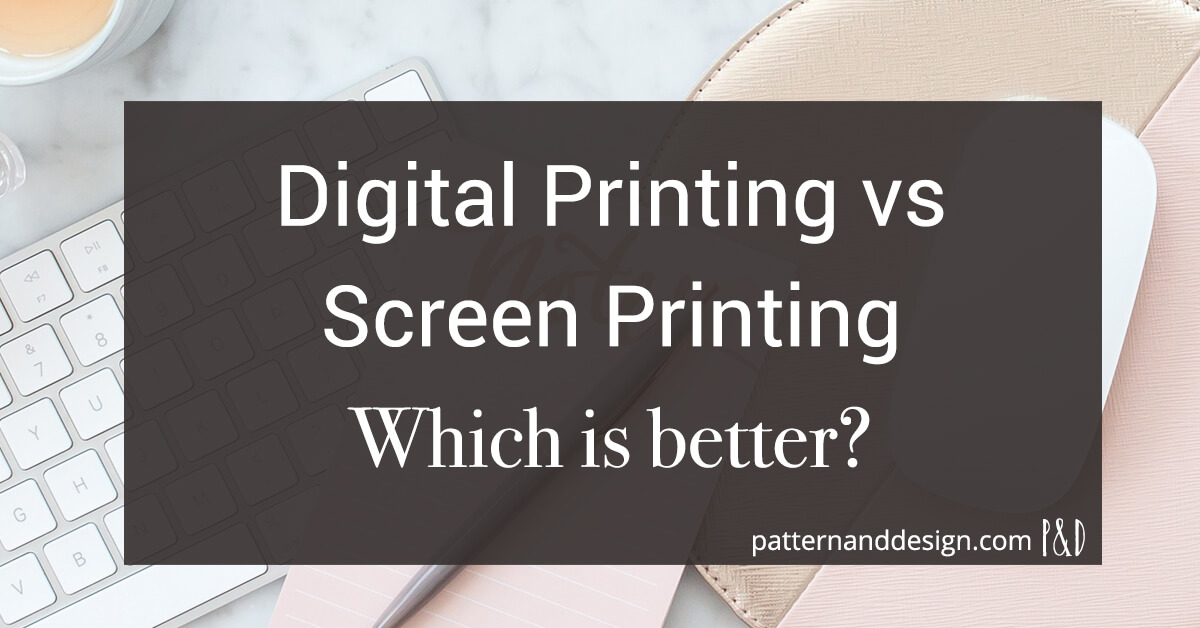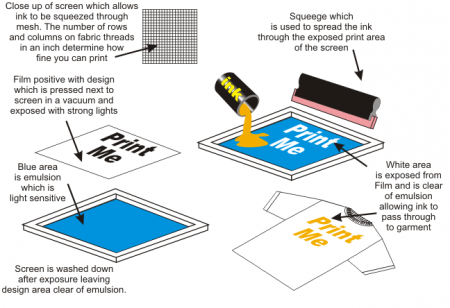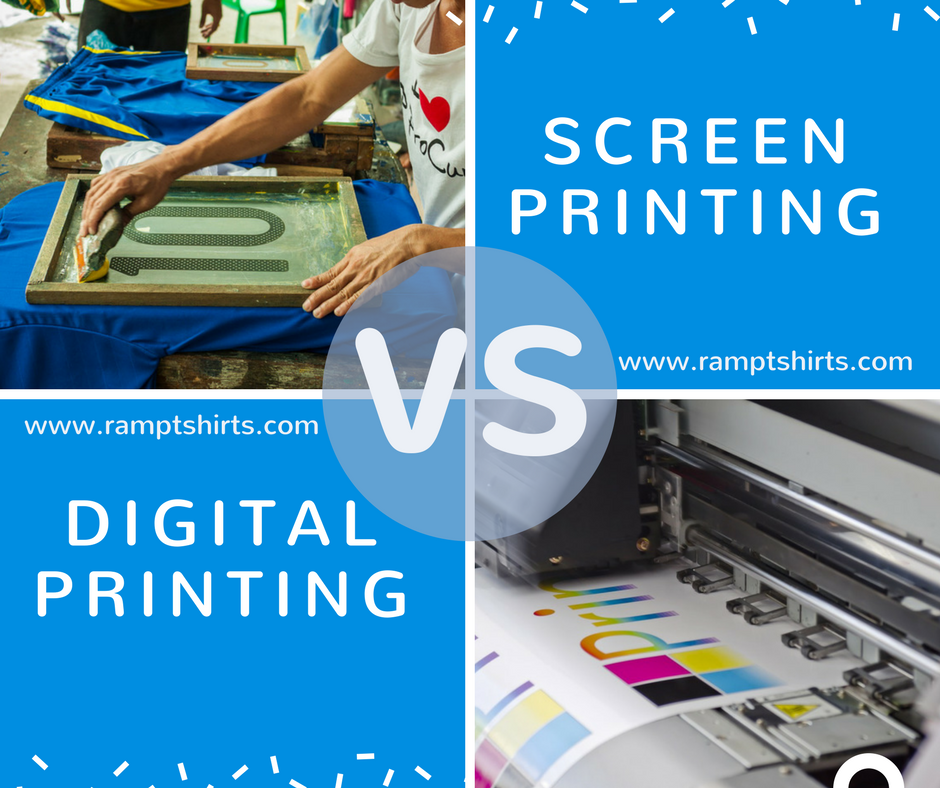Fascination About Tx Tees
Fascination About Tx Tees
Blog Article
Tx Tees - The Facts
Table of ContentsExamine This Report about Tx TeesThe 45-Second Trick For Tx TeesSome Ideas on Tx Tees You Need To KnowThe 7-Minute Rule for Tx TeesAll about Tx TeesSee This Report about Tx TeesExcitement About Tx Tees
Include up various other costs, like the number of energies it takes to run the shop and the cost of ink and solution per style. Take the print below.The emulsion must just be a few cents considering that you 'd just require to layer one screen for this job. Just how much should you charge per t-shirt to make a revenue? Usually, printers try to make up to 45% revenue on a print task. Below's a table to help you figure out that: complete cost per product percent of wanted profit as a decimal (instance:.25 or.45) profit made per product per task Currently allowed's discuss the productivity of DTF.

With DTF, you can publish a handful of tee shirts, or just one. Both screen printing and DTF have their particular niches in the world.
The Single Strategy To Use For Tx Tees
The most effective method to recognize? Ask around and see what print stores like yours are doing. custom monograming. Try both out and see which you like much better
When you're picking what kind of printing method to use for printing your art work layouts on your garments, it's important that you understand the distinctions in between these two methods so you can make best use of results while lessening prices. Screen printing is one of the most frequently used method for printing layouts on textiles.
DTG printing is likewise recognized as area or straight to garment printing due to the fact that it prints just what is needed as opposed to making a display as screen printers do. https://www.ted.com/profiles/46526166. Screen printing works by display filler squeegee display printing ink display mesh display, then moving the picture to garment making use of heat and/or stress
The DTG printer uses special dye-sublimation inks that are applied into a pre-designed image by a digital printing system. The inks enter into the textile, allowing for dynamic shades and phenomenal information. It's additionally called spot or straight to garment printing because it prints just what is needed rather than making a screen as screen printers do.
All About Tx Tees
It's much quicker - you can publish a fullcolor photo in minutes, as opposed to hours for screen printing. Second, there's no established up time or costs included - you can publish any type of style you such as, without needing to produce a screen initially. Third, there's no waste - due to the fact that display printers display print one layout at a time, they have to evaluate each color separately.
The paper is very expensive and can only be used once. Once it's printed on, it needs to be disposed of. - The preliminary acquisition cost is lower than the in advance investment of DTG printers- You can print multi-color designs one screen at a time instead of having to print each color individually like DTG printing.

About Tx Tees
Instead of utilizing display mesh as screen printers do, dye sublimation printers make use of laser modern technology to transfer your pictures onto garments or paper. A warmth process transfers the dye from its solid-state straight right into the gas phase which consequently integrates it onto fabric substrates when they are quickly warmed to high temperatures under high stress.
Sublimation printing is environment-friendly. It uses less water than screenprinting, and because it doesn't entail the use of harmful solvents, it's risk-free for all sorts of apparel. The dye sublimation inks are additionally odor-free when treated, unlike screen printers that utilize unsafe chemicals during the display printing process that leave an unpleasant odor.
They likewise conserve money on pricey equipment like exposure systems since dye sublimation printers don't need a UV direct exposure system or a flash remedy stove that is generally utilized in screen printing (custom t-shirt design). What is straight to garment printing (DTG Printing)? DTG printing is a digital screenprinting process that prints directly onto textile using specialized inkjet printers
The Best Guide To Tx Tees
DTG printing provides several benefits over traditional screenprinting, consisting of the capacity to publish photographic quality images, better shade vibrancy, and the capability to print layouts on darker materials. DTG printers work by heating the fabric ink until it becomes a gas. The gas then permeates the fabric, bonding with the fibers to develop a long-term print.

Screen printers just prepare their screen then start printing up until they lack item or ink.- There is a vast array of seasoned display printers throughout the globe, which can be handy for newbies. - It's a slower procedure - display printers usually need to wait on the ink to completely dry prior to they can publish the following shade- Screen printers need hands-on labor, so there's a higher understanding contour and it takes longer to generate a top notch layout- Display printing isn't as precise as DTG printing, so you may obtain some "blood loss" of shades from one part of the photo onto another if not done properly.
Rumored Buzz on Tx Tees
Instead of making use of screen mesh as display printers do, dye sublimation printers make use of laser technology to move your images onto garments or paper. A warm procedure transfers the color from its solid-state directly into the gas stage which consequently integrates it onto material substratums when they are rapidly heated up to high temperature levels under high pressure.
Sublimation printing is environmentally friendly. It uses much less water than screenprinting, and since it doesn't include the usage of damaging solvents, it's secure for all kinds of apparel. The dye sublimation inks are additionally odor free when healed, unlike display printers that utilize unsafe chemicals during the screen printing procedure that leave an unpleasant odor.
They likewise conserve money on costly devices like direct exposure devices because dye sublimation printers do not require a UV exposure system or a flash remedy stove that is typically used in screen printing. What is straight to garment printing (DTG Printing)? DTG printing is an electronic screenprinting process that prints straight onto fabric utilizing specialized inkjet printers.
The Main Principles Of Tx Tees
DTG printing offers many benefits over traditional screenprinting, including the capacity to publish photo high quality pictures, higher color vibrancy, and the ability to print styles on darker materials. DTG printers work by heating the textile ink until it becomes a gas. The gas after that penetrates the fabric, bonding with the fibers to create a long-term print.
Report this page